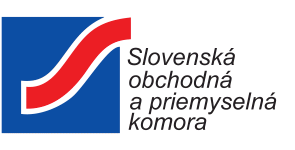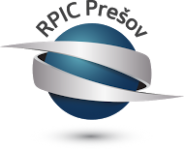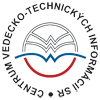Summary:
The researchers from the Czech university have developed an electromechanical transducer based on sliding nano-actuator. The application potential is in areas of robotics (micro- and nanoelectromechanical systems, electronics, automotive, aerospace, defence), medicine (surgery and orthopaedics, cardiac surgery, ophthalmology) and general engineering. The researchers are looking for partners interested in research or technical cooperation.
Description:
An electromechanical transducer is a device which transforms electrical energy into mechanical work. Transducers are applied extensively in all spheres of our environment. They are well established in classical engineering as electrical motors, electromagnets, electro-mechanical systems with pneumatic or hydraulic cylinders, and also in microelectronics. The electromechanical transducers are called actuators that link the information-processing component of electronic control circuitry with technical processes.
The classical concept of interpreting a function of a biological muscle is based on biochemical reactions inside myosin head, which lean on them and cause a shift in the fibres of proteins (actin and myosin fibres) leading to contraction of the muscle. According to this concept, it is practically impossible to design an actuator converting electrical energy into mechanical by biochemical reactions. The new concept is based on a new original hypothesis on the main role of electrostatic forces between the two types of fibre using optimal design.
The researchers from the Czech university have developed an electromechanical transducer based on sliding nano-actuator (SNA). This device converts an electrical energy into mechanical work performed by a combination of force and displacement. Function of a sliding nano-actuator is based on a mutual alternating slipping of two systems of filaments. Large compound actuators with high performance can be built from key elements using modular design.
The solution offered describes a relatively similar but artificial structure of inorganic or polymeric materials. The result is an ideal actuator (linear motor), its reverse function as a mechanical energy converter to an electric energy (electric current generator), a super capacitor (high-capacity power storage) or an accurate position sensor. An advantage compared to conventional piezoelectric actuators is several orders of magnitude similarly to biological muscle, comparable response rate to excitation pulse, possibility of activation with voltages less than 1 Volt, simple modular construction, flexibility, biocompatibility.
The applications are in the fields of robotics (micro- and nanoelectromechanical systems, electronics, automotive, aerospace, defence), medicine (surgery and orthopaedics, cardiac surgery, ophthalmology, ear, nose, and throat) and in engineering in general.
The electromechanical transducer based on sliding nano-actuators (SNA) can be applied extensively for many control tasks in natural and artificial environments. Its microelectronic compatible input signals can be generated by the electronic control circuitry.
Medicine can use such actuators for drug transportation, diagnostics, active biocompatible polymer implants instead of muscles with a driving voltage comparable to the action potentials, orthopaedics, surgery etc.
The researchers are looking for cooperation with research institution or a company having skills in development of new applications for such electromechanical transducer.
In the case of research cooperation agreement - cooperation based on a joint European project (e.g. Horizon 2020) is preferred.
In the case of technical cooperation agreement - the aim of the cooperation is to utilize the know-how and jointly develop new applications and subsequently commercialize the invention.
Type (e.g. company, R&D institution…), field of industry and Role of Partner Sought:
The researchers are looking for industry partners or research institutes in order to further develop applications with commercial potential.
In the case of research cooperation agreement – joint European project (e.g. Horizon 2020) cooperation is preferred.
In the case of technical cooperation agreement - the aim of the cooperation is to jointly develop new applications and commercialize them in various industry areas.
Stage of Development:
Available for demonstration
Comments Regarding Stage of Development:
The functional model is available for demonstration; the production technology is yet to be developed.
IPR Status:
Patent(s) applied for but not yet granted,Patents granted
Comments Regarding IPR Status:
European patent (EPO) applied; patents in the USA, Japan and the Czech Republic have been granted.
External code:
TOCZ20200708002








